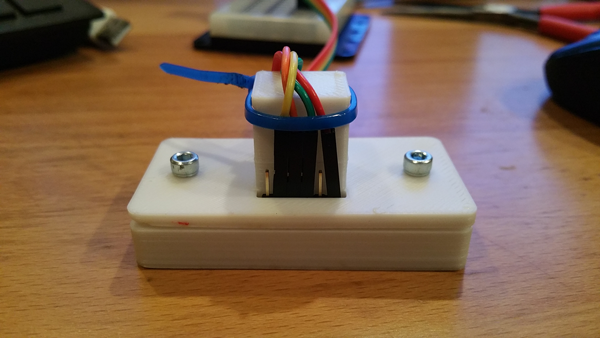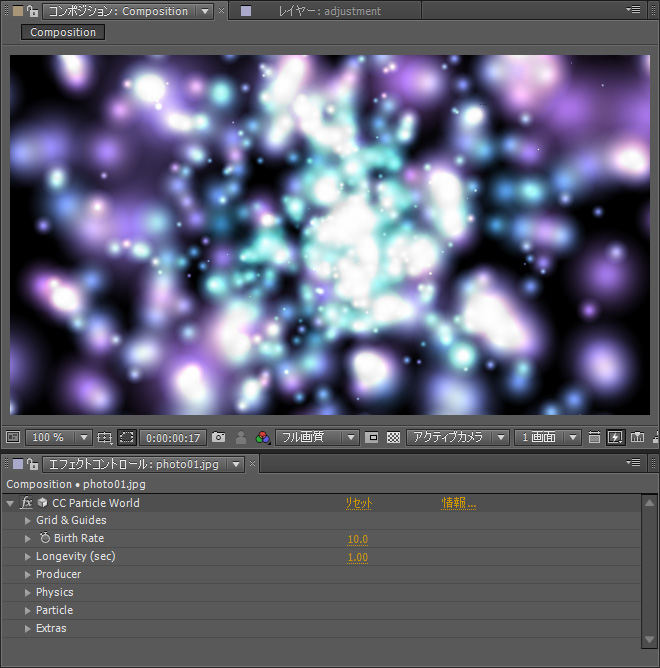

How can i simulate so the bigger particle will fall faster than smaller particles. This will give the effect a nice swirling movement.In Blender, i have a particle system with random size of particle element. Since the particle world will act like a dust cloud, we will probably want to have the particles move from the bottom to the top of the shot. I increased the opacity of the particle world in a new comp, and dropped it in the shot: If we are going to add several particles into the composition, the first thing I usually do is increase the opacity of the particle world, so that the particles become visible when the video is playing. The only other option is to use several segments and the Edit > Advanced > Master > Make Camera/Layer Clips Together command. I'm using a single clip, because we want the particle effects to be on a fixed layer. Then I dropped it into the shot and applied the CC Particle World in a new comp as well. I first applied the CC Particle World in a new comp. The final step is to add the particle world into the shot. ParticleWorld | Effects | Color Intensity and Color Mode: We'll set the soft light color to 40% and the shadow to 60%, so the particles are more lit than dark, but we still see some light when the particles move into the darker areas of the shot. The Color Intensity and Color Mode parameters control the light-to-dark transitions between the particles. ParticleWorld | Effects | Velocity and Life:

This would be the same as a heartbeat in a human, or a fart in an early CG film. The Life parameter determines the number of frames that the particles will exist before exploding. The game currently runs at 30 frames per second. The number 0.7 determines the speed of the particles, but we need to remember that this value will be relative to the cameras framerate. The Color Intensity and Color Mode are set to soft light. We're going to set the Velocity to 0.7 and Life to 20.

We'll need to play with the emitter settings here. I used a ParticleWorld by Adolphe Menant (known for his effects work on Captain America: The First Avenger), with a couple of settings tweaked to my liking. The next thing you'll want to do is let the particle world emit some CG particles. This screenshot shows the timeline in the previous step:


 0 kommentar(er)
0 kommentar(er)
